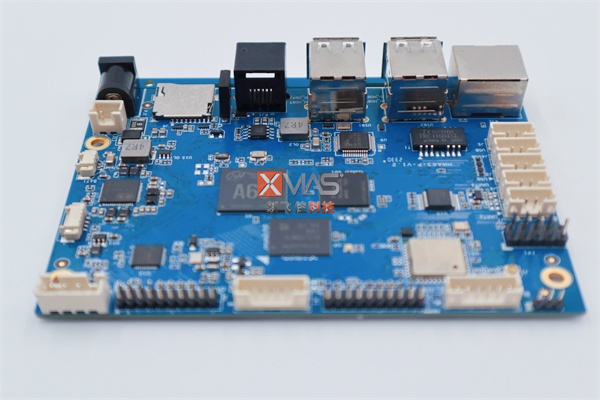Once the circuit board processed by SMT exceeds its service life, it may cause a series of problems, which in turn affect the reliability and performance of the product. Especially for circuit boards that have already been opened, special baking treatment is required. Therefore, we need to ensure good quality inspection and quality assurance issues.
We need to use it during the period of SMT processed circuit boards, as circuit boards used beyond their shelf life may cause a series of related problems as follows:
1. There is a welding risk present
If there is too much moisture absorption, the board may become brittle, leading to bursting or cracking during welding.
This not only affects the aesthetics of the product, but may also reduce its reliability.
2. Causing layering issues
Due to the circuit board being made up of multiple layers of lamination, the internal adhesive may harden, resulting in separation between different layers.
This issue not only affects the appearance of the circuit board, but may also have a negative impact on the performance of the product.
2. Causing reliability and stability issues
Over time, the solder pads on the surface of the circuit board may undergo oxidation, which may lead to the dropping and failure of SMT components.
This will seriously affect the performance and reliability of the product, increasing the risk of after-sales issues.
To avoid the issue of expired circuit boards in SMT processing, the following measures can be taken:
1. Strictly control inventory:
Strictly manage the inventory of circuit boards to ensure they are stored in a dry and constant temperature environment, avoiding moisture absorption or rapid aging caused by environmental factors.
2. Regular inspection of shelf life:
Regularly inspect each batch of circuit boards to ensure they are used within their shelf life. For circuit boards approaching their shelf life, the principle of priority use can be adopted to avoid their expiration.
3. Implement baking treatment:
For circuit boards that have already been opened, perform baking treatment to remove potential moisture and ensure stable quality.
4. Strengthen quality control:
During the SMT process, strengthen quality control and conduct strict inspections on circuit boards to ensure that there are no quality hazards. For problematic circuit boards, promptly handle or replace them.
5. Continuous improvement:
Continuously summarize experience, continuously improve the SMT processing process, and improve production efficiency and quality.


